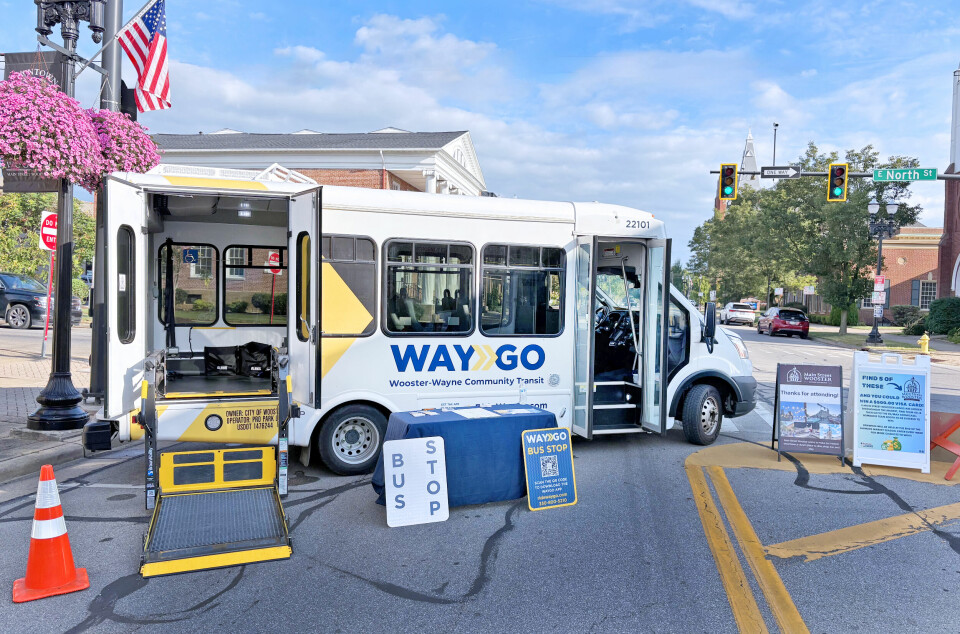THE LATEST
-
Wayne Center for the Arts awarded $100K challenge grant for new Arts Park, FabLab
-
Winter Wonderland returns to downtown Wooster with Santa, tree lighting and Fire and Ice show
-
Wayne County Schools Career Center hosts Dec. 4 open house for students, families and adults
-
Wayne County girls basketball: Smithville leads deep field as new season tips off
-
Tom Dilyard honored with Conservation Education Award by Wayne Soil and Water District
-
Returning depth boosts optimism for Wooster-area bowling teams in 2025-26
-
NECIC Staffing expands to Wooster, connecting residents with jobs and support services
-
Wooster church’s pet food pantry helps families feed their dogs and cats amid rising need
-
Timeless bond: Lifelong Wooster friends bring old story to life
-
Corporate giving from Western Reserve Group strengthens Wayne County Dog Shelter
LOCAL

News

News

Government

News

Government

Government (used to be Court)

Health
SPORTS

Article from feed

Article from feed

Article from feed

Article from feed

Article from feed
COMMUNITY SPOTLIGHT

Features

Features

Arts/Entertainment

Arts/Entertainment

Community

Community
COLUMNISTS
-

Crawling through the woods for fun, food and fellowship
-

Holiday turkey tips to keep everyone safe
-

Hay storage and feeding strategies to minimize loss and maximize value
-

Remembering Lenny Wilkens and Cleveland’s coaching greats
-

Humbling assignment for one-time child prodigy
-

Adoption explained: Steps, agencies and legal requirements in Ohio
-

Soil Health Week highlights importance of Ohio’s farmland
-

Wayne County 4-H recruiting new volunteers for 2026 program year
-

Column: Mystery of the disappearing cat kibble, part 2
-

From denial to action: Taking charge of diabetes with modern care
LIFE AND LEARNING

Article from feed
Education (Wooster)

Article from feed
Education (Wooster)

Article from feed
Church (Wooster)

Article from feed
Club (Wooster)

Article from feed
Club (Wooster)

Article from feed
Community (Wooster)
OBITUARIES
see more

Article from feed
Obits (Wooster)

Article from feed
Obits (Wooster)

Article from feed
Obits (Wooster)

Article from feed
Obits (Wooster)

Article from feed
Obits (Wooster)

Article from feed
Obits (Wooster)
BUSINESS

Article from feed

Article from feed







